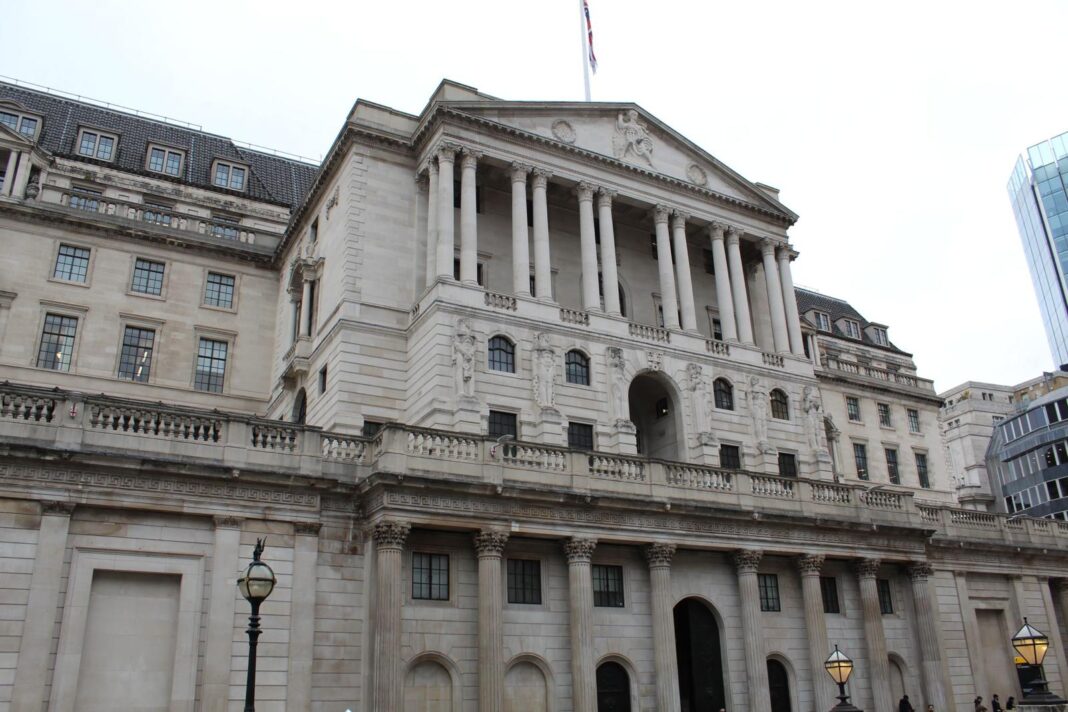The UK housing market came to a dramatic standstill in April, as a sweeping cut to Stamp Duty Land Tax (SDLT) thresholds triggered the sharpest monthly decline in property transactions on record.
Provisional figures from HM Revenue & Customs last week showed just 64,680 seasonally adjusted residential transactions took place in April 2025 – a staggering 64% drop from March’s total of 177,440, and 28% below the same month last year.
The raw, non-seasonally adjusted data paints an even bleaker picture: transactions plunged 66% to 55,970, marking the steepest monthly fall since HMRC began keeping records.
The collapse follows a March buying frenzy, as homebuyers rushed to complete purchases before stamp duty changes took effect on 1 April. The nil-rate threshold – the portion of a property’s value exempt from stamp duty — was halved from £250,000 to £125,000 in England and Northern Ireland. Meanwhile, first-time buyers saw their exemption slashed from £425,000 to £300,000.
TAX DODGERS
Analysts say the changes front-loaded demand into March, effectively robbing April of its usual activity. “We’re seeing a classic case of policy-induced distortion,” said one market economist. “People brought forward their purchases to dodge higher tax bills — and the market is now paying the price.”
The commercial sector was also affected, though less severely. Seasonally adjusted non-residential transactions fell 16% to 9,410 — down 9% year-on-year. On a non-seasonally adjusted basis, commercial deals dropped 21% to 9,540.
INDUSTRY REACTION

Andrew Lloyd, managing director at Search Acumen, says: “Across the market we are still seeing a strong appetite for deal flow and a demand for bricks and mortar that will continue to resonate throughout the upcoming months.
“Residential is only one part of the full picture. In commercial property, a combination of rental growth, yield impact turning positive, and looser credit constraints contributed to an impressive performance led by the retail sector.
“However, as we begin to feel the shockwaves of recent global economic headwinds, the next few months will be an inflection point for market confidence.
“Getting transactions over the line is a complex and at times fragile process. In times of uncertainty, buyers should have the confidence that real estate lawyers have the right digital tools to ensure transactions can be handled efficiently and smoothly.”
CONTEXT NEEDED

Iain McKenzie, CEO of The Guild of Property Professionals, says: “The April transaction figures from HMRC are, on the surface, quite stark, but they absolutely need to be seen in the context of the unprecedented rush to beat the March stamp duty deadline.
“A cooling off period was inevitable after such a surge, which saw activity brought forward.
“What’s more encouraging are the underlying trends: the recent Bank Rate cut to 4.25%, consistently falling mortgage rates, with sub-4% deals now more accessible for many, and lenders showing increased flexibility. These factors are easing some affordability pressures.
“While the subdued economic backdrop and geopolitical uncertainties mean we anticipate a measured pace of growth, the fundamentals for a steady recovery are increasingly in place. This dip is a short-term market adjustment, not a signal of long-term decline; buyer demand is being sustained, and we expect a more balanced picture as these positive financial conditions filter through.”
USEFUL NUMBERS

Jeremy Leaf, north London estate agent and a former RICS Residential Chairman, says: “These numbers are particularly useful as they reflect mortgaged and cash transactions, and show how many buyers managed to take advantage of the stamp duty holiday.
“However, the data does not tell the whole story. On the ground, the significant number of purchases brought forward means there have been fewer deals since then but little evidence of widespread renegotiation or withdrawals despite rising stock levels and uncertainty about the pace of mortgage payment reductions.”
AFFORDABILITY CHALLENGES

Amy Reynolds, head of sales at Richmond estate agency Antony Roberts, says: “Since the end of the stamp duty holiday, we have been seeing stable transaction volumes reflecting the ongoing resilience of the housing market despite continued economic uncertainty.
“We’re seeing a flight to quality – buyers are more selective and price-sensitive but they’re still transacting where values align with lifestyle. It’s also clear that while high mortgage rates have cooled the market somewhat, demand remains underpinned by low supply in many areas.
“The key challenge ahead is affordability. Mortgage rates, higher stamp duty and for many the increased cost of private school fees is affecting many families who would like to move, but are unable to.”
RESILIENT BUT PRICE SENSITIVE

Jason Tebb, President of OnTheMarket, says: “April saw a plunge in transactions following March’s stampede to get deals across the line and take advantage of the stamp duty holiday.
“However, despite the removal of the stamp duty concession, the market remains remarkably resilient.
“This month’s interest rate reduction, the fourth since the Bank of England started cutting rates last August, has given buyer and seller confidence a welcome boost. While April’s jump in inflation may delay further cuts in the short term, market expectations are for further reductions to base rate this year.
“Lower mortgage rates will also help support activity, with a number of lenders reducing pricing in recent weeks, as well as easing criteria. This is helping affordability although buyers remain price sensitive, particularly as there is more stock for them to choose from.”
CHALLENGING JOURNEY

Nathan Emerson, CEO of Propertymark, says: “The figures demonstrate the challenging journey many who approached the buying and selling process were experiencing just prior to the stamp duty threshold changes before April.
“These challenges have escalated to this day thanks to a delicate global economy, inflation currently sitting at 3.5%, whereas that inflation figure was 2.6% during the timeframe of today’s figures, and the Bank of England rightly displaying caution regarding any lowering of the base rate.
“These factors added together appear to have dented the confidence of many potential home movers.
“The summer months tend to be a busy time for the housing market, and with recent reports suggesting that mortgage rates could creep back upwards, the Bank of England will have its work cut out to maintain a balanced pathway forward that keeps inflation in check while delivering consumer confidence for the housing sector.”










